Master of Piece: Prologue Is The Ultimate Deckbuilder Disappointment You’ll Regret Playing
Hello everyone. Once again, we find ourselves staring down yet another “free prologue” of an early access title, where the developers get to pretend they’re being generous by giving you the appetizer menu of a meal you haven’t even ordered yet. The victim of my scalpel today is Master of Piece: Prologue, a deckbuilding roguelike that proudly screams into the crowded void of its genre, all while slapping you with promises of “140+ mercenaries, 80+ relics, and 400+ card events.” Because nothing screams depth like throwing arbitrary numbers at you like candy from a corporate marketing piñata.
The Buzzword Buffet
Let me start by saying I respect deckbuilders. They’re elegant little contraptions where synergy, efficiency, and forward thinking matter. But what we have here, ladies and gentlemen, is a developer tilting their marketing shotgun at every buzzword they could find and firing indiscriminately. “Board game inspired.” “Randomly generated.” “Strategic combinations.” I’m half-surprised they didn’t chuck “blockchain-powered NFT synergy” into the list while they’re at it. This isn’t design philosophy-it’s a roster of genre tropes duct taped together.
And lo, the game pitches its unique appeal: instead of building a deck of cards, you build a team of mercenaries. Ooooh… so basically… it’s cards, but with legs? Don’t worry, I have the medical credentials to decipher this complex transformation. As a doctor, I can confirm this evolutionary leap looks a lot like a mild variation of the same disease: identical symptoms dressed up with a new hat.
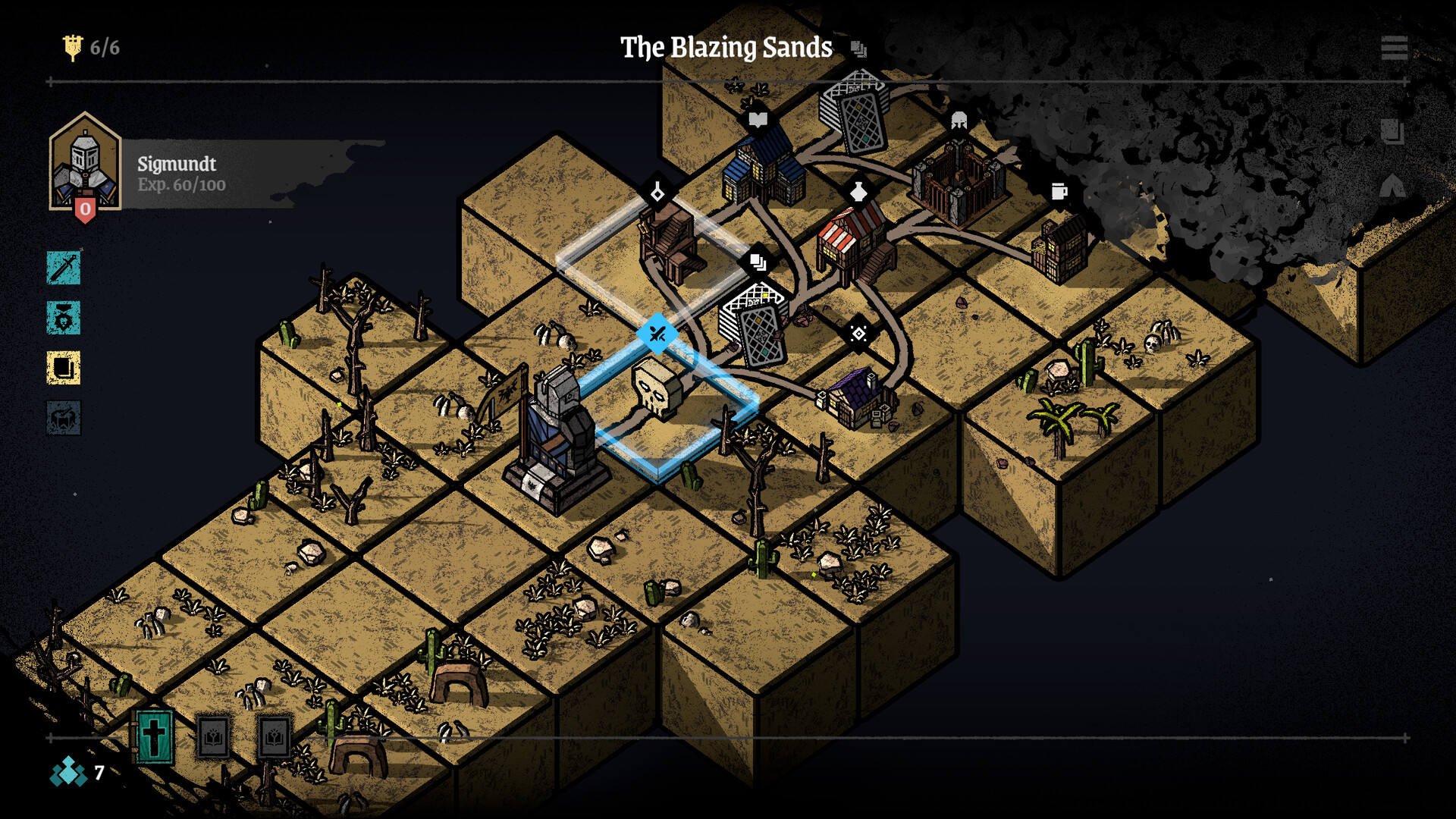
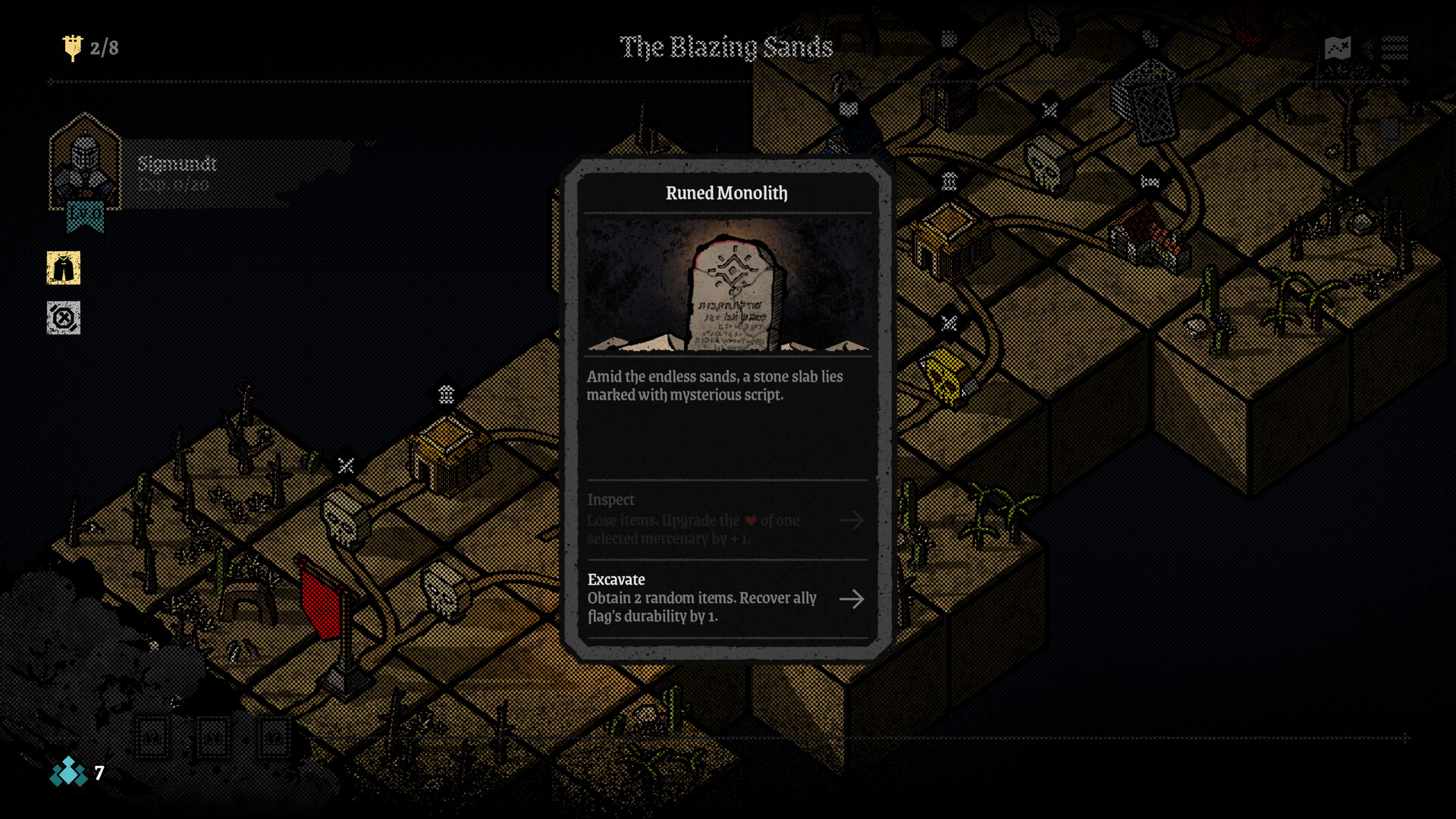
Combat – Strategy by Numbers
Combat in Master of Piece: Prologue is apparently so approachable that anyone can learn it in five minutes. Translation? It’s shallow on the surface but vaguely promises depth if you suffer through enough permutations. You throw mercenaries into the field one at a time per round, they whack things in speed order, and you’re expected to pretend that juggling traits, relics, and commander skills is on par with playing 5D chess. Forgive me, but it sounds like your standard turn-based appetizer trying to pass itself off as Wagyu steak.
They remind us constantly: “Easy to learn, difficult to master.” Didn’t Einstein himself etch those words above the entrance of every indie roguelike development bunker? It’s practically the Hippocratic Oath of shallow marketing fluff.
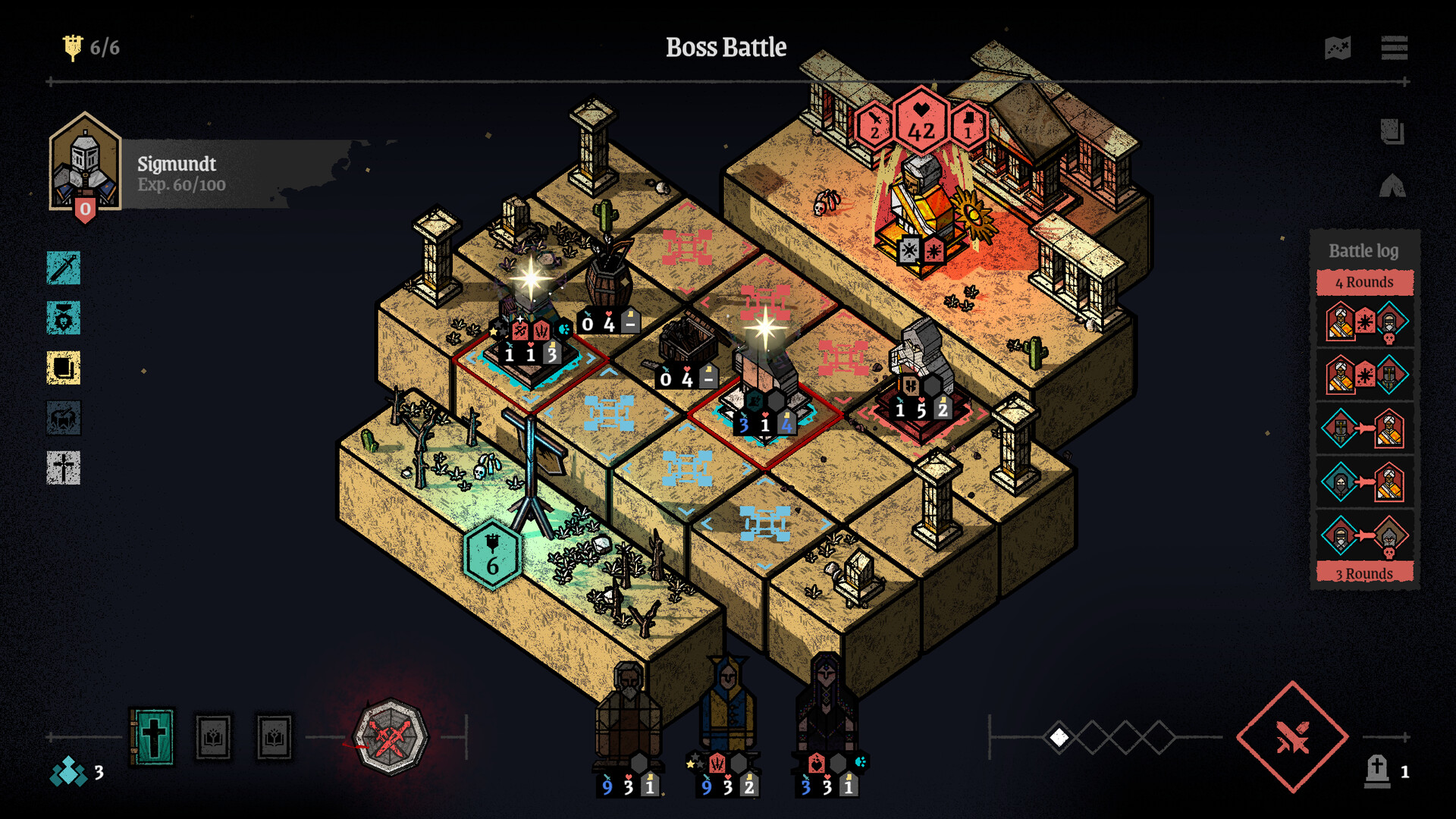
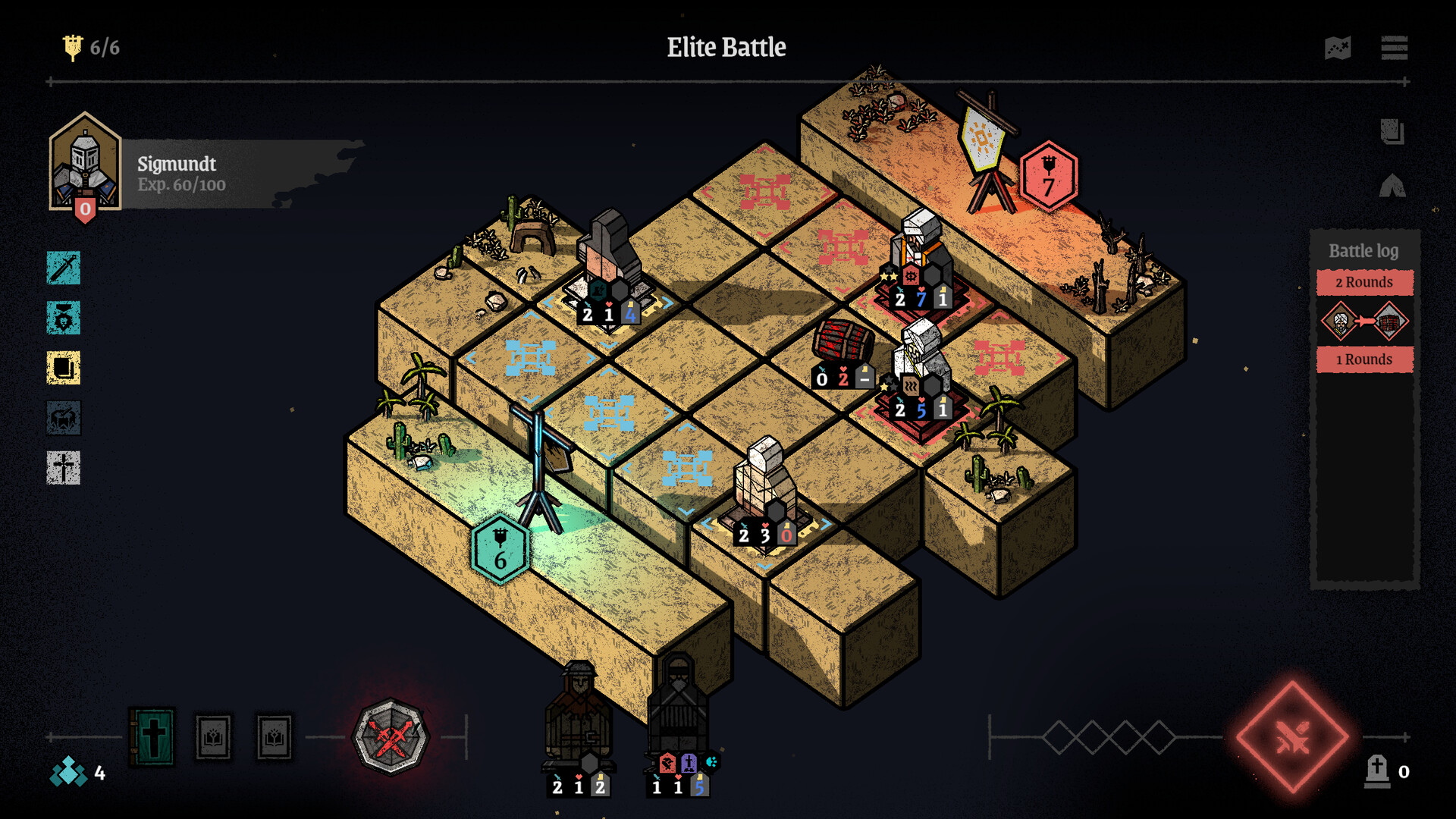
Strategic Combinations or RNG Overload?
Ah yes, “140 mercenaries, 80 relics, 400 events.” When I see these figures, I imagine a design team staring at a whiteboard and writing “MORE CONTENT = MORE DEPTH?” in permanent marker. What they don’t tell you is two-thirds of that content will likely be filler nonsense you never want to touch twice. It’s the Diablo loot-drop deception applied to roguelikes: bury your game under mountains of procedurally generated noise, then watch as players dig endlessly for the single viable strategy emerging from a landfill of mediocrity. RNG is not equal to variety. Rolling dice harder doesn’t make me strategic; it makes me a statistician flipping coins in the dark.
“Random events and infinite replayability” is code for “we didn’t bother editing out the trash.”
Don’t get me wrong-there’s potential here. Building mercenaries you can buff and evolve along the road is a neat twist on the stale card paradigm. But will it actually work? Or will it devolve into the usual spreadsheet simulator where the “optimal combo” is discovered within a week, rendering 95% of systems irrelevant? Place your bets, folks.
Prologue Features – The Candy Shop of Half-Finished Systems
Here’s where things get tricky. The developers admit that this prologue is basically a testing tray for features they weren’t sure about. That’s good in principle-test mechanics early, share with the community. But at the same time it reeks of outsourcing QA to unpaid volunteers under the guise of “hey, thanks for the feedback!” As a doctor, this is like your surgeon asking if you’d mind staying awake during brain surgery to help them navigate, because “community involvement creates a better experience.”
- The Blazing Sands: A new region. Translation: desert palette swap with tougher enemies. Call me thrilled.
- New Lobby System: A feature that sounds suspiciously like “menus now have animations.”
- Trait Upgrade System: Because the best way to balance already overwhelming trait synergy is to let you break it even harder.
- Commander Progression: RPG levels for your faceless commander. Congratulations, your avatar now gets participation points.
- Customizable Presets: You know what this is? It’s a game mode config screen. Let’s not overhype basic functionality, shall we?
Yes, it’s all fine and dandy, but none of it screams innovation. It’s standard progression padded out with different clothes. Call me when the prologue adds something radical, like mercenaries unionizing mid-combat and going on strike until the commander negotiates better wages. At least that would add some drama.
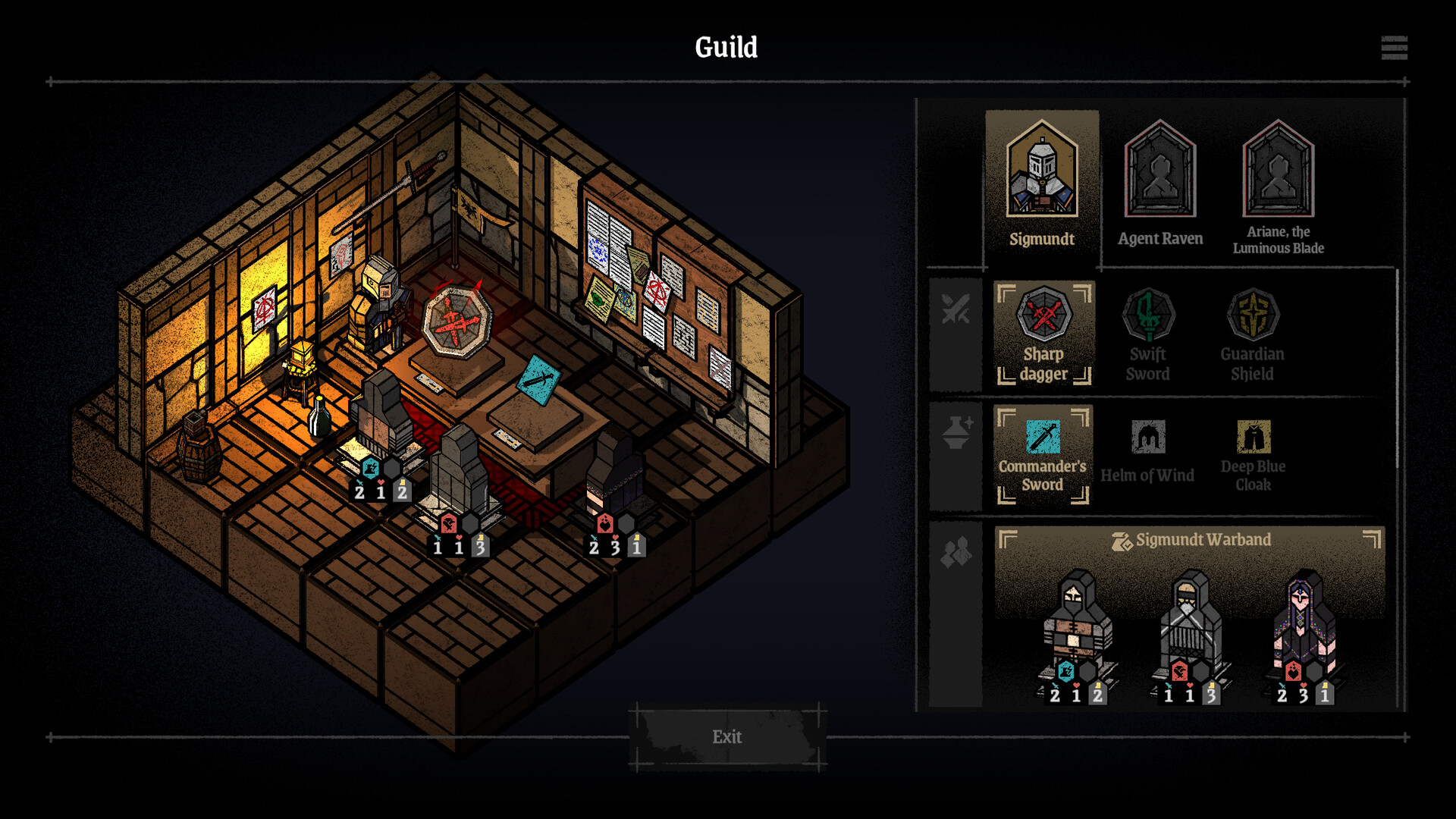
Technical Side – System Requirements
The system requirements are modest. Even your decade-old PC hooked up with chewing gum and prayer will probably run it. Minimum requirements sit at dusty relics like a GTX 550 Ti, which I’m fairly certain most people are running as backup toaster ovens at this point. The only interesting tidbit here is the warning that Steam is dropping Windows 7 support from 2024 onward. So, you know, pour one out for all the people still clinging to their ancient Windows 7 rigs like conspiracy theorists clinging to their flat earth map. Progress marches on, folks.
The Bigger Picture
So, what does all this amount to? Master of Piece: Prologue smells like a competent, potentially enjoyable roguelike deckbuilder buried under severe marketing bloat and generic promises. Is it unplayable? No. Could it be good? Absolutely. But the basic recipe sounds so safe, so targeted, so afraid of alienating the genre’s audience that it risks becoming the gaming equivalent of a plain rice cake. It feeds you, but do you remember it five minutes later? Doubtful.
The developers want feedback because they don’t quite know what the final game will be yet. That’s fine. But temper your expectations. This is the rough draft of a term paper. You’re reading an outline in crayon with bullet points circled in red. Asking it to dazzle is like expecting your pre-med cousin to perform open heart surgery after one semester of anatomy class. It’s not malpractice-it’s just premature confidence.
Conclusion
After dissecting the entrails, I land somewhere between “cautiously curious” and “ready to uninstall after one bored hour.” On one hand, the bones of a strong roguelike deckbuilder are visible. On the other, the unoriginal dressing and inflated marketing speak volumes about its intent to be another face in the endless roguelike parade. The prologue isn’t profound; it’s a test chamber where they’re experimenting on us like lab rats with clipboards.
My verdict? Master of Piece: Prologue is worth trying if you’re desperate for another flavor of deckbuilder and want to poke around influence-testing features for free. Just don’t expect it to be the second coming of card-based strategy nirvana.
Final Impression: Neutral leaning skeptical. Could eventually be good with polish, but reeks of generic ambition right now.
And that, ladies and gentlemen, is entirely my opinion.
Source: Master of Piece: Prologue


